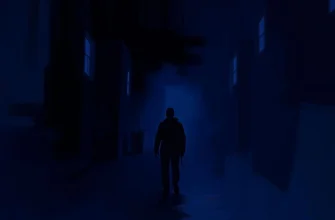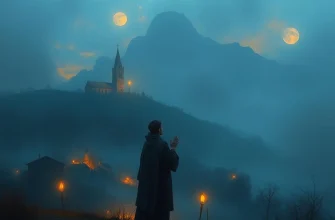Si vous avez été captivé par 'Uranya' (2006), ce film poignant qui explore les rêves et les désillusions d'une jeune fille dans un village grec, vous adorerez ces 10 recommandations similaires. Cet article vous propose des œuvres cinématographiques et télévisuelles qui partagent les mêmes thèmes de quête identitaire, de nostalgie et de beauté visuelle.

Dark City (1998)
Description: A neo-noir sci-fi film that questions the nature of memory and identity, set in a perpetually dark city where reality is manipulated by mysterious beings.
Fait: The film's director, Alex Proyas, also directed The Crow. It has since gained a cult following for its unique visual style and philosophical themes.
 Regarder
Regarder
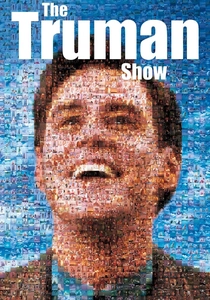
The Truman Show (1998)
Description: Explores themes of reality versus illusion, with a protagonist unaware that his entire life is a constructed reality. The film delves into existential questions and the nature of free will.
Fait: The film's concept was inspired by an episode of The Twilight Zone. Jim Carrey's performance was highly praised for its dramatic depth, a departure from his usual comedic roles.
 Regarder
Regarder

Being John Malkovich (1999)
Description: A surreal and darkly comedic take on identity and consciousness, featuring a bizarre premise where characters can enter the mind of another person. The film questions the nature of self and reality.
Fait: This was Spike Jonze's feature film directorial debut. The film received three Academy Award nominations, including Best Director.
 Regarder
Regarder

The Matrix (1999)
Description: A groundbreaking sci-fi film that explores the concept of a simulated reality, blending action with philosophical undertones about perception and control.
Fait: The film's iconic bullet-dodging scene was achieved using a technique called 'bullet time,' which revolutionized visual effects. It won four Academy Awards, all in technical categories.
 Regarder
Regarder
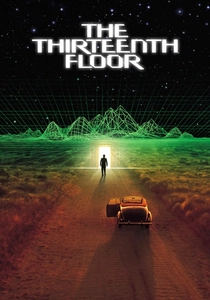
The Thirteenth Floor (1999)
Description: A sci-fi mystery that explores the idea of simulated realities and the blurring lines between different layers of existence. The film's noir aesthetic adds to its enigmatic tone.
Fait: The film is based on the 1964 novel 'Simulacron-3' by Daniel F. Galouye. It was released the same year as The Matrix, sharing similar themes.
 Regarder
Regarder
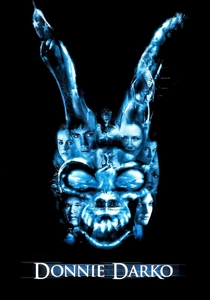
Donnie Darko (2001)
Description: A psychological thriller that blends elements of science fiction and surrealism, exploring themes of time travel, destiny, and alternate realities.
Fait: The film initially underperformed at the box office but became a cult classic. The director's cut includes additional scenes that clarify the complex plot.
 Regarder
Regarder
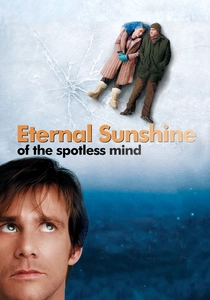
Eternal Sunshine of the Spotless Mind (2004)
Description: A poignant exploration of memory, love, and identity, blending surreal visuals with a deeply emotional narrative. The film challenges perceptions of reality and the impact of memories on personal identity.
Fait: The script was written by Charlie Kaufman, known for his unconventional storytelling. The film won the Academy Award for Best Original Screenplay.
 Regarder
Regarder

The Science of Sleep (2006)
Description: A whimsical and visually inventive film that blurs the line between dreams and reality, focusing on a man whose imaginative inner life spills into his waking world.
Fait: The film was shot in both French and English. It features handmade special effects, giving it a distinctly artisanal feel.
 Regarder
Regarder

Mr. Nobody (2009)
Description: A thought-provoking film that examines the concept of parallel lives and the infinite possibilities of choice, presented through a non-linear narrative.
Fait: The film was in development for over a decade before its release. It features a mix of science fiction and romantic drama elements.
 Regarder
Regarder
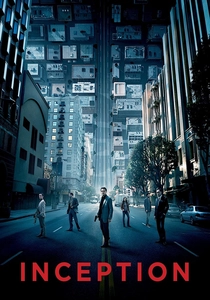
Inception (2010)
Description: A mind-bending thriller that delves into the layers of dreams and subconscious, challenging the audience's grasp on reality. The film's intricate plot and visual effects create a surreal experience.
Fait: Christopher Nolan spent nearly a decade developing the script. The film won four Academy Awards, including Best Cinematography and Best Visual Effects.
 Regarder
Regarder


